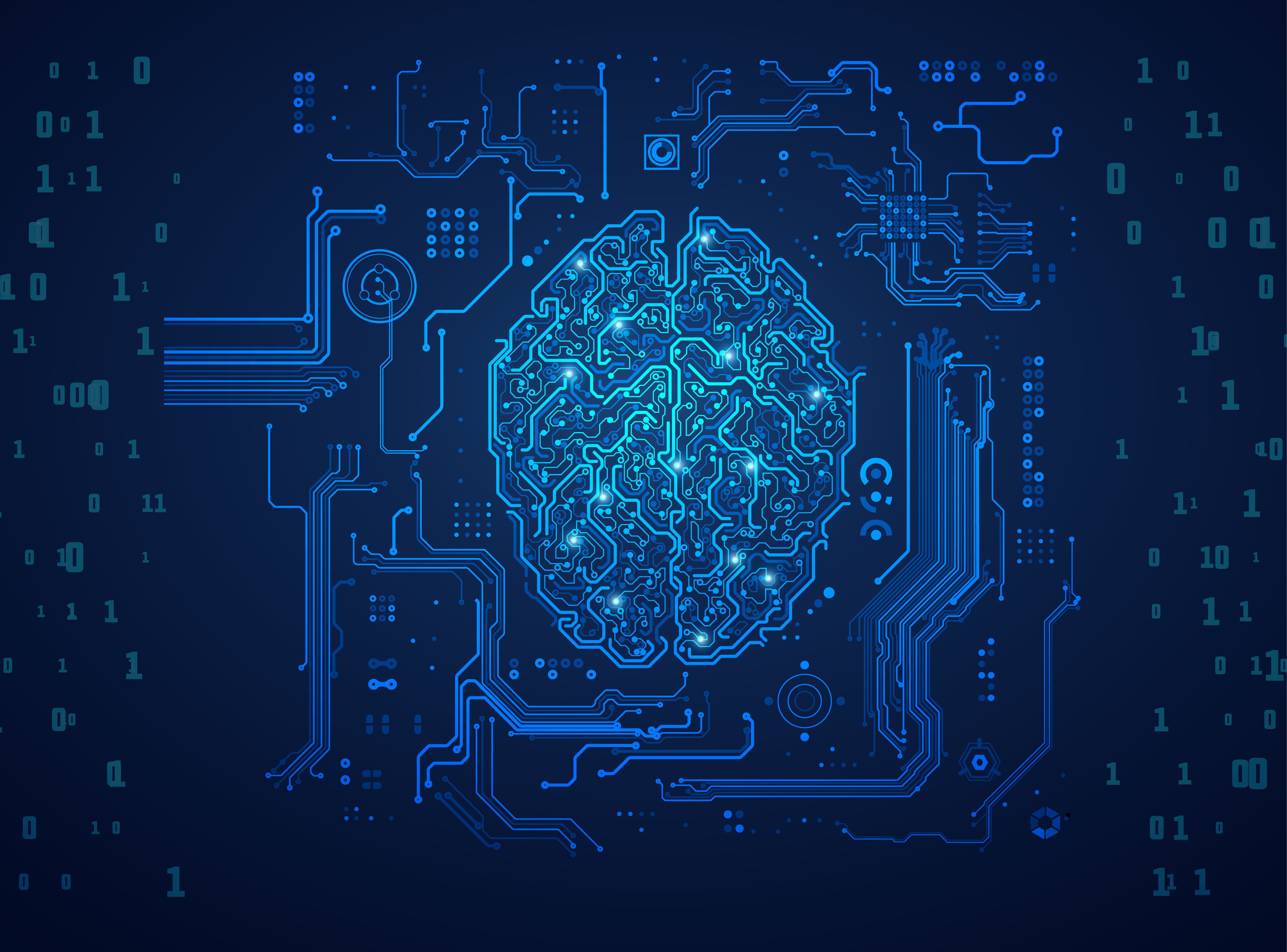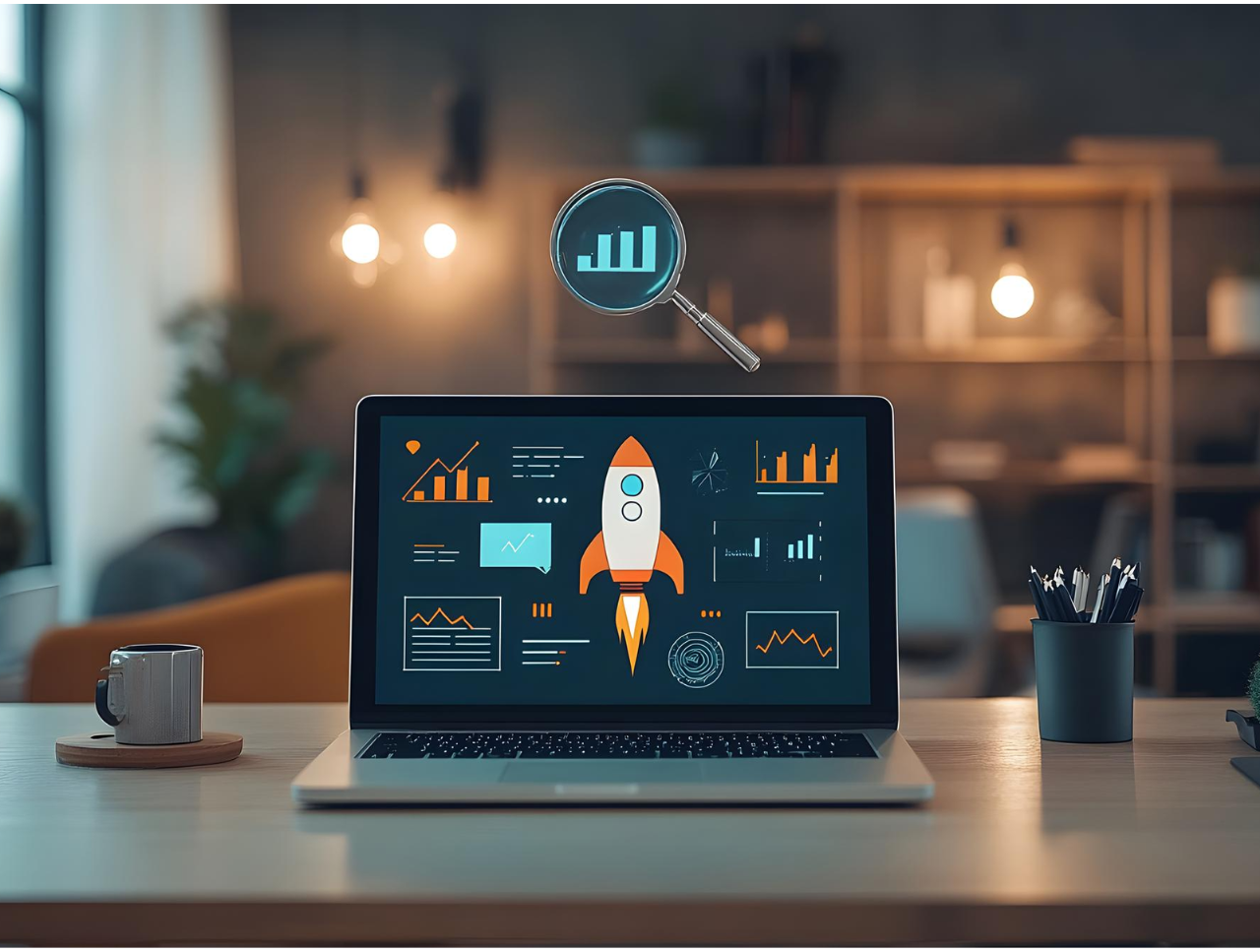In recent years, the term Natural Language Processing (NLP) has moved from the realm of science fiction into everyday reality. As one of the most fascinating and rapidly evolving fields within artificial intelligence (AI), NLP empowers machines to understand, interpret, and respond to human language in ways that were once unimaginable. But what exactly is NLP, and how is it transforming the landscape of technology and communication? Let’s take a deep dive into this compelling domain.
Understanding NLP: The Basics
At its core, Natural Language Processing is a branch of AI that focuses on the interaction between computers and humans through natural language. The goal is simple yet profound: to enable machines to understand and generate human language in a manner that is both meaningful and useful. This involves a complex interplay of linguistics, computer science, and AI.
NLP combines computational linguistics—rule-based modeling of human language—with statistical, machine learning, and deep learning models. These technologies allow computers to process human language in the form of text or speech data and to ‘understand’ its full meaning, complete with the speaker’s or writer’s intent and sentiment.
The Evolution of NLP
The journey of NLP began in the 1950s, with early experiments in machine translation. However, it wasn’t until the advent of more advanced algorithms and the exponential growth of computational power that NLP truly began to take off. The development of large-scale datasets and the rise of neural networks have further accelerated its progress.
A significant milestone in NLP was the introduction of transformers, a type of deep learning model, in the late 2010s. Transformers, such as Google’s BERT (Bidirectional Encoder Representations from Transformers) and OpenAI’s GPT (Generative Pre-trained Transformer), have dramatically improved the ability of machines to understand context and nuance in language, leading to more accurate and human-like interactions.
How NLP Works: The Technical Side
NLP involves several key processes, each contributing to the machine’s ability to understand and generate language:
1.Tokenization: This is the first step in processing text data, where the text is broken down into smaller units called tokens. These can be words, phrases, or even characters.
2. Parsing: Once tokenized, the text is parsed to understand its grammatical structure. This involves analyzing the syntax and identifying parts of speech (nouns, verbs, adjectives, etc.).
3. Stemming and Lemmatization: These processes reduce words to their base or root form. For example, “running” becomes “run,” and “better” becomes “good.” This helps in standardizing words for further processing.
4. Named Entity Recognition (NER): NER involves identifying and classifying entities within the text, such as names of people, organizations, locations, dates, and more.
5. Sentiment Analysis: This process determines the sentiment behind a piece of text—whether it’s positive, negative, or neutral. It’s widely used in social media monitoring, customer feedback analysis, and more.
6. Machine Translation: This involves translating text from one language to another, maintaining the original meaning and context as accurately as possible.
7. Language Generation: This is where the machine generates text that is coherent and contextually relevant. Advanced models like GPT-3 can produce human-like text based on given prompts.
Applications of NLP: Transforming Industries
NLP is no longer a niche technology confined to research labs; it has permeated various industries, transforming the way we interact with technology and data.
1. Customer Service
Chatbots and virtual assistants powered by NLP are revolutionizing customer service. They can handle a multitude of customer queries, providing instant responses and freeing up human agents for more complex tasks. This not only improves efficiency but also enhances customer satisfaction.
2. Healthcare
In the healthcare sector, NLP is used for everything from automating administrative tasks to assisting in medical diagnoses. By analyzing patient records and clinical notes, NLP systems can identify patterns and provide insights that aid in treatment planning and disease prevention.
3. Finance
Financial institutions leverage NLP to analyze market sentiment, monitor news and social media for potential market-moving events, and automate customer interactions. This allows for more informed decision-making and improved risk management.
4. Education
Educational tools powered by NLP can provide personalized learning experiences, from language translation to automated essay scoring. They help in breaking down language barriers and ensuring that students receive feedback tailored to their individual needs.
5. Marketing
NLP enables marketers to analyze consumer sentiment, personalize content, and automate copywriting. By understanding the language and tone used by customers, companies can craft more effective marketing strategies and improve customer engagement.
AI-Powered NLP: Bridging the Gap Between Machines and Humans
The progress in NLP has led to an intriguing development: AI systems that are so adept at understanding and generating human language that they blur the lines between human and machine communication. Here’s how AI-powered NLP is humanizing interactions and making the term “artificial” seem almost a misnomer:
1. Human-Like Responses
Modern NLP models, particularly those based on deep learning, generate responses that are incredibly close to human language. These systems can comprehend context, understand nuances, and produce text that is coherent and relevant. For instance, when interacting with a virtual assistant, users often find the responses indistinguishable from those of a human agent.
2. Contextual Awareness
Advanced NLP models like GPT-3 can maintain context over long conversations, making interactions more natural and fluid. This contextual awareness means the AI can follow a conversation thread, refer back to previous points, and respond in a manner that makes sense within the given context.
3. Emotional Intelligence
Sentiment analysis allows NLP systems to gauge the emotional tone of a conversation. This capability enables AI to respond empathetically, adjusting its tone and language based on the user’s emotions. For example, customer service bots can recognize when a customer is frustrated and tailor their responses to be more soothing and supportive.
4. Personalization
NLP-driven systems can personalize interactions by learning from previous engagements and adapting their responses accordingly. This level of personalization enhances user experience, as the AI can remember preferences, past interactions, and tailor its communication style to match the user’s expectations.
AI-Powered NLP: Pushing the Boundaries
The advancements in AI-powered NLP are pushing the boundaries of what we previously thought possible. The technology is becoming more sophisticated, capable, and human-like, erasing the line between artificial and human communication. Here are some ways AI is taking NLP to the next level:
1. Enhanced Language Understanding
Modern NLP systems can understand complex sentence structures, idiomatic expressions, and context-specific meanings. This deep understanding allows AI to grasp the subtleties and nuances of human language, making interactions more natural and intuitive.
2. Adaptive Learning
AI-powered NLP systems continuously learn and adapt from new data. This adaptive learning ensures that the systems stay up-to-date with evolving language trends, slang, and cultural references. This dynamic learning process keeps AI relevant and accurate in its responses.
3. Creative Content Generation
NLP models are now capable of generating creative content, from writing poetry and stories to composing music lyrics. These AI-generated pieces are often indistinguishable from those created by humans, showcasing the technology’s creative potential.
4. Deep Personalization
AI-powered NLP can deliver deeply personalized experiences. By analyzing individual user data, preferences, and behavior, these systems can tailor interactions to meet specific needs and expectations. This level of personalization enhances user satisfaction and engagement.
The Future of NLP: What’s Next?
As NLP continues to evolve, its potential applications are virtually limitless. The integration of NLP with other AI technologies, such as computer vision and robotics, will pave the way for more advanced and intuitive systems. Here are a few trends to watch out for:
1. Improved Contextual Understanding
Future NLP models will have an even better grasp of context, enabling more accurate and nuanced interactions. This will be crucial for applications requiring deep understanding, such as legal document analysis and advanced medical diagnostics.
2. Multimodal NLP
Combining NLP with other modalities like vision and speech will create more holistic AI systems. For example, a system that can understand and generate both text and images will be able to provide more comprehensive assistance in fields like design and content creation.
3. Ethical and Responsible NLP
As NLP becomes more pervasive, addressing ethical considerations will be paramount. Ensuring data privacy, avoiding biases in language models, and developing transparent algorithms will be critical to building trust and ensuring equitable access to AI technologies.
4. Real-Time Processing
Advances in computational power and algorithms will enable real-time processing of natural language, enhancing the responsiveness and usability of NLP applications. This will be particularly beneficial in scenarios requiring instant decision-making, such as emergency response and financial trading.
Natural Language Processing, once a distant dream, is now a vibrant reality that is transforming the way we interact with technology. By bridging the gap between human communication and machine understanding, NLP is making technology more accessible, intuitive, and powerful. As we continue to push the boundaries of what’s possible, the future of NLP promises to be an exciting journey filled with innovation and discovery.
The next time you ask your virtual assistant a question, chat with a customer service bot, or receive a personalized content recommendation, remember: it’s not so artificial anymore. Welcome to the age of intelligent language.
If you are intrigued by the possibilities of NLP and want to explore how it can transform your business, feel free to get in touch with us. Our team of experts is dedicated to harnessing the power of AI to drive innovation and deliver cutting-edge solutions tailored to your needs. Contact us today to learn more.



